Optical fiber transmits signals in the form of light pulses and uses glass or plexiglass as the network transmission medium. It consists of a fiber core, cladding, and protective sheath. Optical fibers can be divided into single-mode (Single Mode) optical fibers and multi-mode optical fibers. Single-mode fiber provides only one optical path and is complicated to process, but has a larger communication capacity and longer transmission distance. Multimode fiber uses multiple optical paths to transmit the same signal, and the transmission speed is controlled by the refraction of light.
Suppose you want the flashlight's beam to illuminate a long, straight hallway. Just direct the beam in the direction of the hallway, and the light travels in a straight line, no problem; what if the hallway isn't straight? You can put a mirror around the corner to reflect the beam around the corner; what if the hallway has a lot of turns? You may need to place many mirrors along the wall to reflect the beam so that it keeps bouncing down the hallway. The above is the working principle of optical fiber introduced by Optical Fiber Cable Factory .
The light in the fiber optic cable propagates through the core (corridor) by constant reflection to the cladding (the wall full of mirrors), which is the principle of total internal reflection. Since the cladding does not absorb any light from the core, light waves can travel great distances. However, some optical signals are attenuated within the fiber, mainly due to impurities in the glass. The degree of signal attenuation is determined by the purity of the glass and the wavelength of the transmitted light (e.g. 60%-75%/km at 850nm; 50%-60%/km at 1300nm; 1550nm attenuation rate is more than 50%/km). Some high-quality fibers have very low signal attenuation, less than 10%/km at 1550 nm.
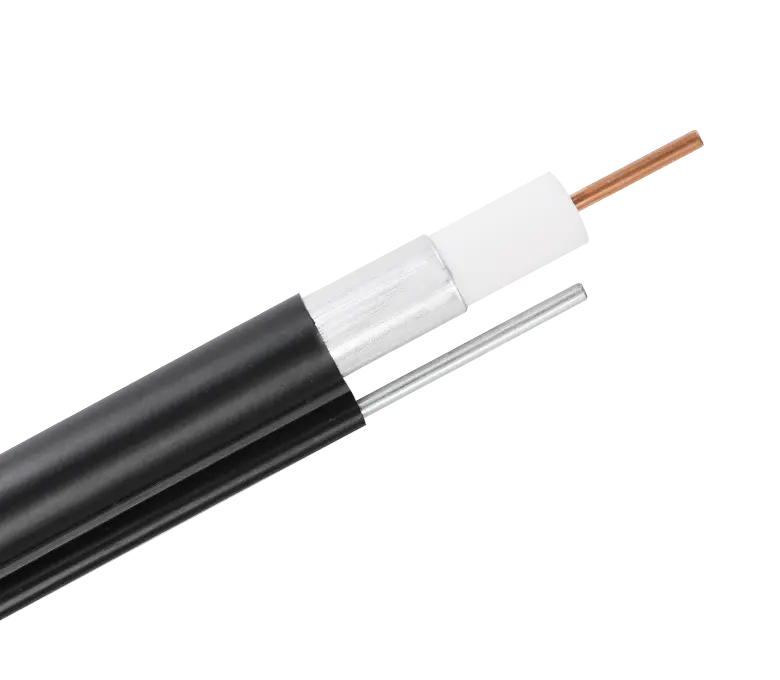
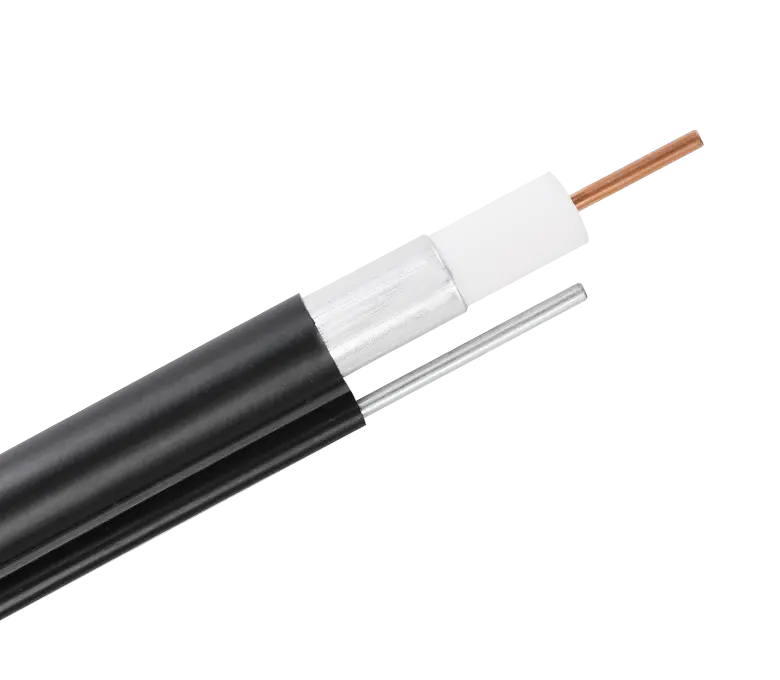
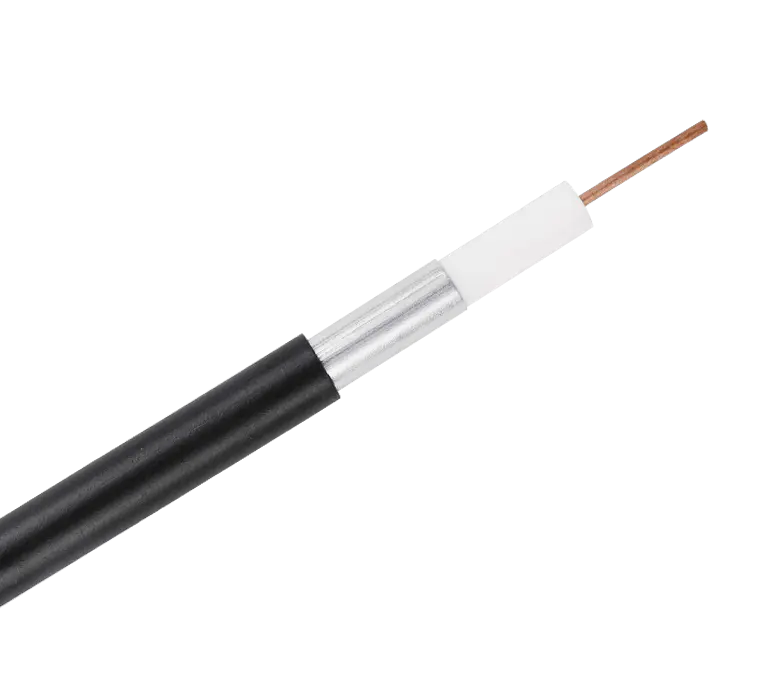
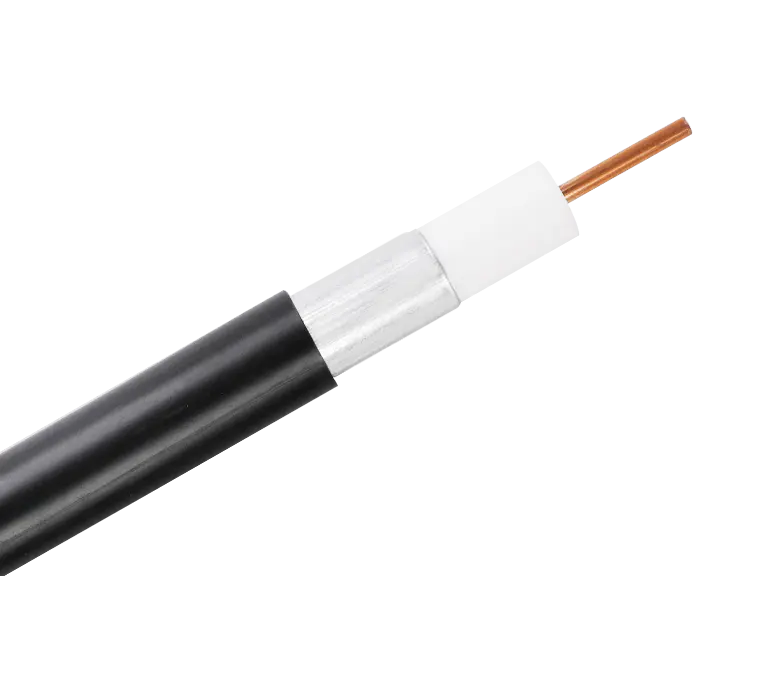
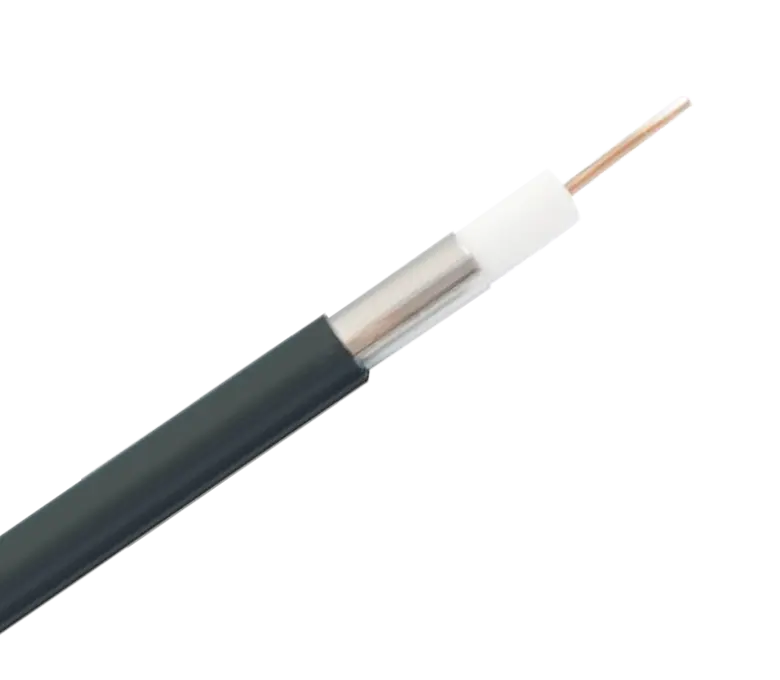
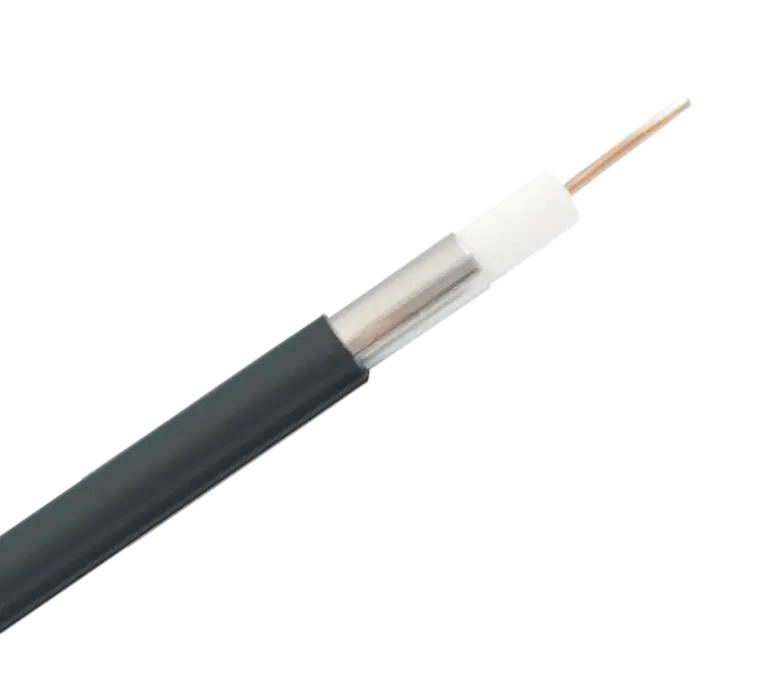
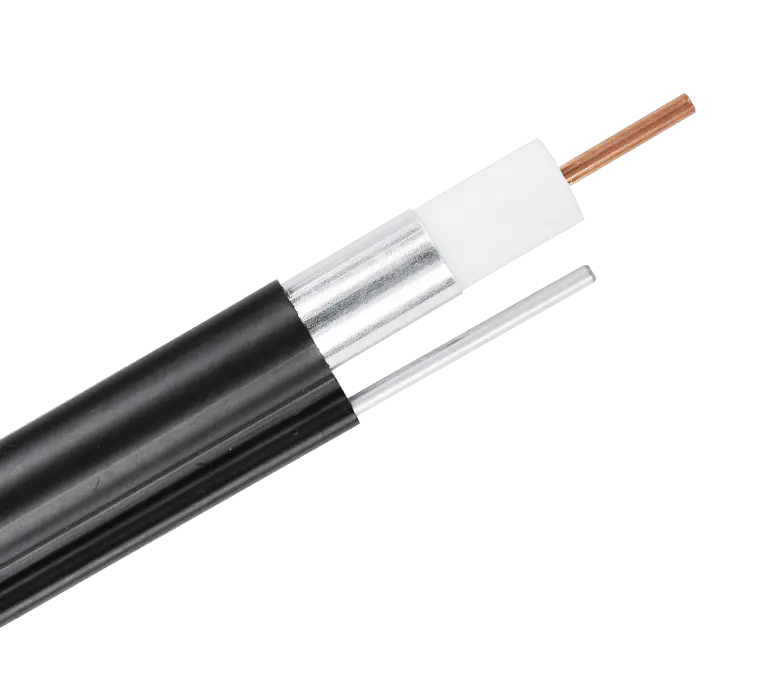
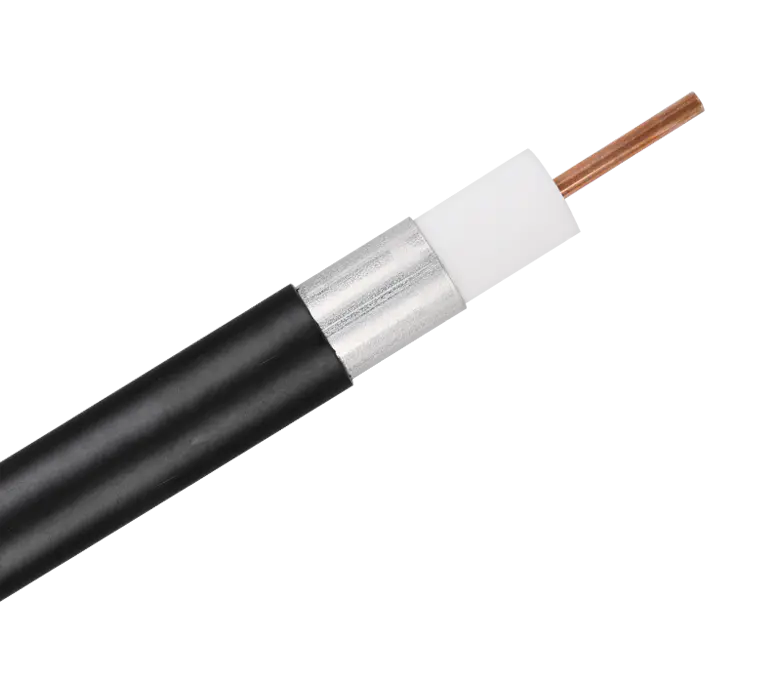
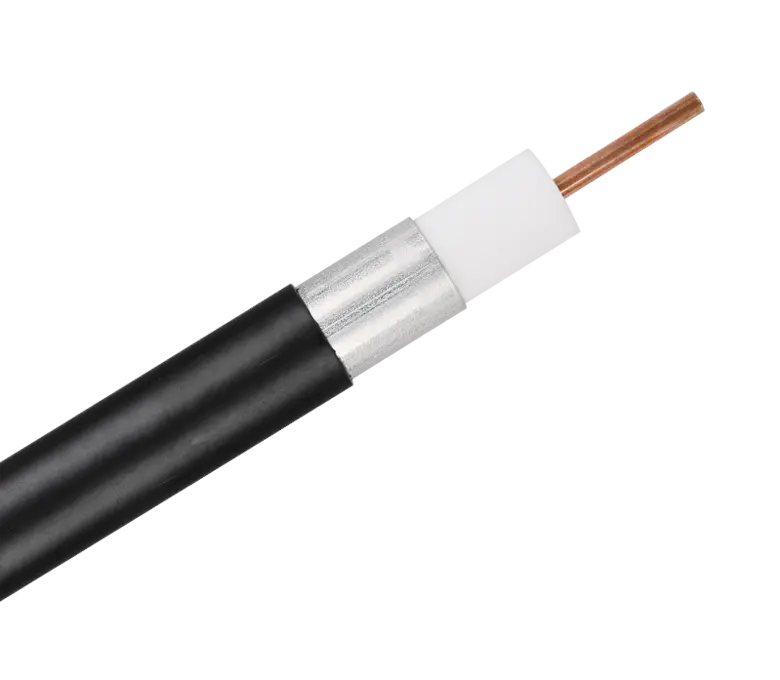
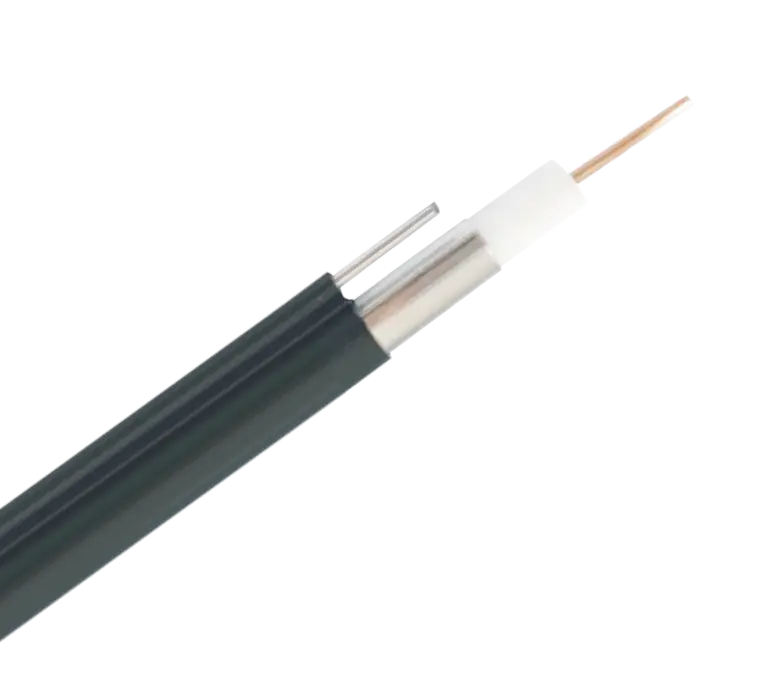
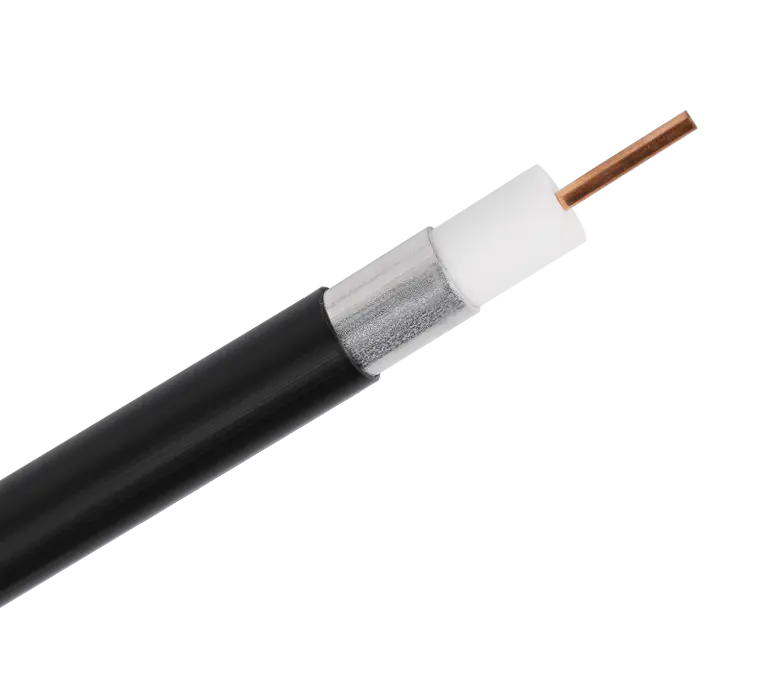
 浙公网安备33018502001191号
浙公网安备33018502001191号